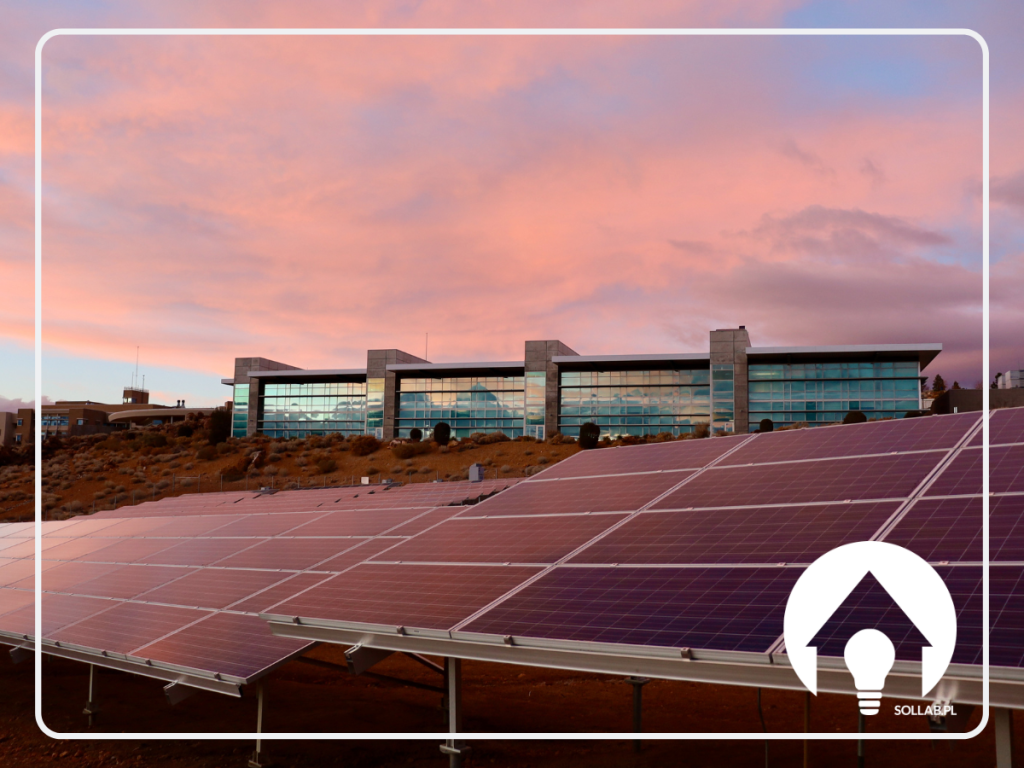What is a hot-spot in a photovoltaic installation?
Although photovoltaic panels show considerable resistance to weather conditions such as rain, snow or hail, they are not entirely free from the risk of micro-damage. The most common source of such damage is transportation and installation, where even minor carelessness can undermine the manufacturers' efforts. Have you ever noticed an installation crew casually strolling across the surface of your panels? Even if nothing appears damaged at first glance, the reality can be much more detrimental to the future owner of a photovoltaic installation. The resulting micro-damage is often responsible for the appearance of the phenomenon known as the 'hot-spot.' What exactly causes it, what consequences can it have for the installation and how can it be prevented?
What is a hot-spot?
A hot-spot in photovoltaic panels is an area where excessive heating of the photovoltaic cells occurs. This phenomenon can occur due to panel shading, cell damage or uneven current distribution. Even slight shading of the PV panel surface can affect the amount of solar energy that reaches the cells. In situations where part of the PV module is shaded by elements such as chimneys, fine debris or leaves, the remaining unshaded cells may see a drop in output. Analogous to resistors, a shaded cell can counteract the flow of energy through the rest of the modules, leading to a loss of energy from properly functioning cells due to reverse current flow, which in turn reduces the efficiency of the entire installation.
Not only does a shaded cell not generate electricity, but it can also consume it by drawing from neighbouring unshaded cells. When shaded, the photo cell can become so hot that it and the protective films covering it on both sides can be permanently damaged. Current flowing from the other, unshaded cells, passing through the shaded cell, can increase the local temperature, leading to excessive overheating. Areas with defects or micro-cracks in the cell heat up particularly quickly, creating so-called hot spots, or hot spots.
Hot spots - how can they be avoided?
To minimise the risk of hot spots and optimise the performance of the installation, it is important to regularly monitor the condition of the photovoltaic panels and eliminate any shading. Diligence in keeping the surface of the panels free of debris and shading is crucial to ensure the effective operation of the entire photovoltaic system.
In addition, in order to prevent hot-spots and minimise the risk of micro-damage, several important rules must be followed. Firstly, special care should be taken during the installation of PV panels and the manufacturer's installation recommendations should be followed. Installation personnel should be trained appropriately and any tools used during installation should be properly selected to avoid mechanical damage to the panels.
Regular inspections of the installation can help to detect possible micro-damage at an early stage. Monitoring the performance of panels and responding to potential problems can significantly increase the longevity and safety of PV installations.
It is also worth remembering that adequate insurance for a PV installation can provide additional protection against potential losses associated with micro-damage and hot-spot phenomena. Ultimately, attention to careful installation and regular monitoring and maintenance are key to maintaining a safe and effective PV installation
















